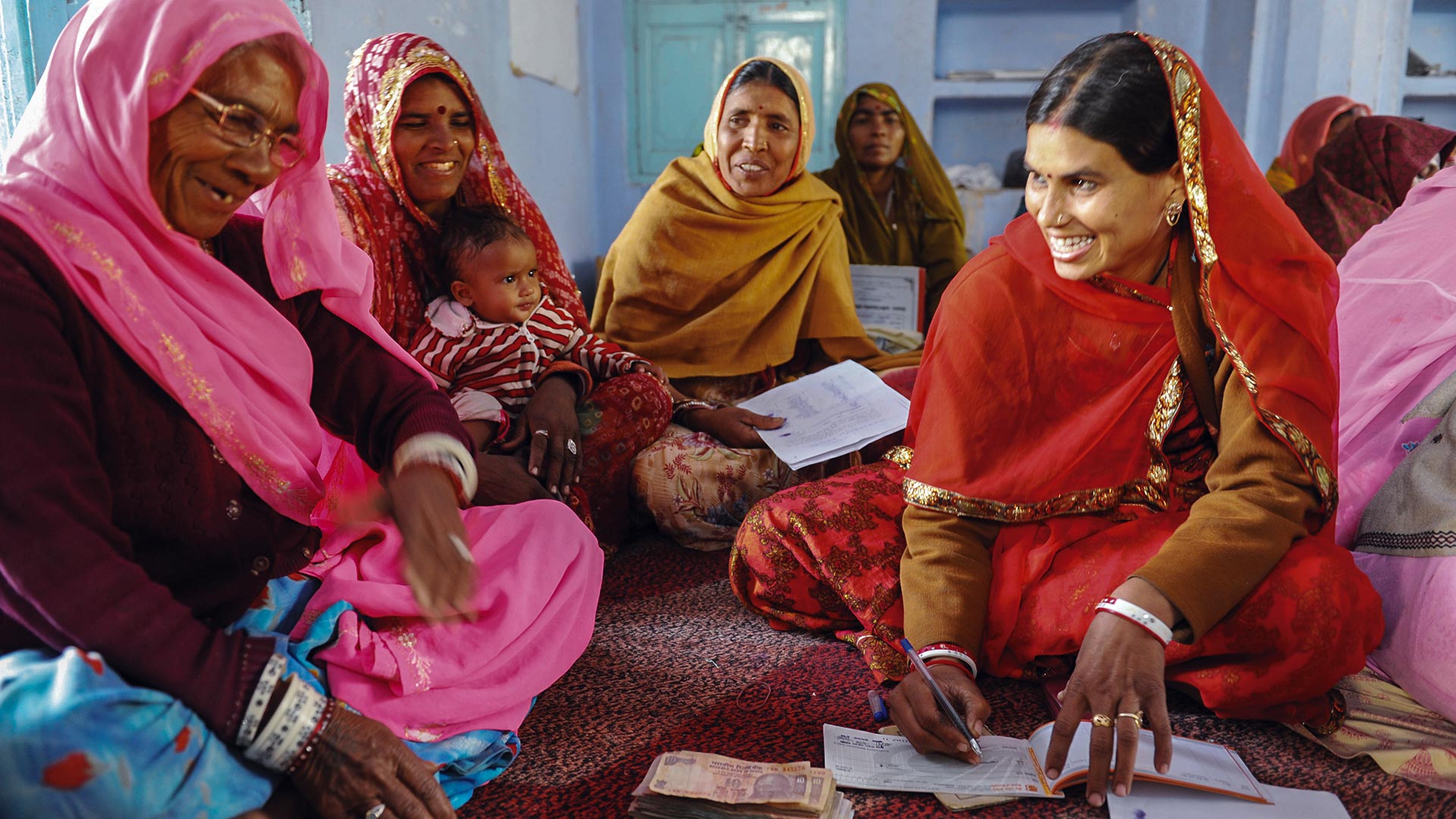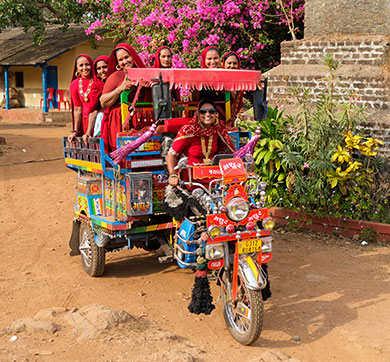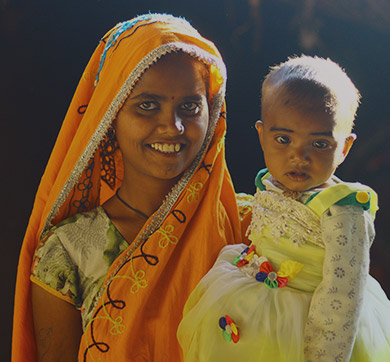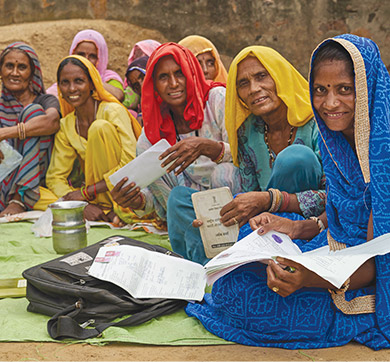March 2021 | 1715 words | 6-minute read
Vimla Katara had made up her mind: either her husband and mother-in-law relent and let her join the newly formed village self-help group (SHG), or she would leave her marital home and go live with her parents. They did not and she did. It’s a decision Ms Katara has never regretted in the 17 years since.
“I had no job, my husband was a daily wage labourer, our house was a hut and we did not have enough to eat,” recalls Ms Katara, now 53, of a time when the concept of SHGs was hazy — and the target of widespread patriarchal prejudice — in her village, Nanoda in Rajasthan’s Dungarpur district. “A cousin in a nearby hamlet had shared her experience of being an SHG member and it was good. I was ready to take the plunge, come what may, and I intended to take the lead in forming our own group.”
Ms Katara was convinced becoming part of an SHG would show her a way out of near penury. It has worked out better than that. It has also, strangely enough, been the reason she was welcomed back by her spouse and in-laws. “I took my first loan — Rs 500 — six months after joining the SHG and bought a bag of wheat for my in-laws,” says Ms Katara. “Then I took a loan of Rs 10,000 to dig a well at their house and lay pipelines. That’s when my mother-in-law came and brought me home.”
The savings-and-credit credo that SHGs swear by has been a saviour for Ms Katara. It has enabled her to level the barren land her family owned and turn her husband to farming, rebuild her house, buy a tractor and set her son up in the flour-mill business. Beyond the material, it has given Ms Katara a sense of self-esteem. The high point, she says, came in 2016 at an SHG event organised in Delhi: “Prime Minister Narendra Modi visited our stall.”
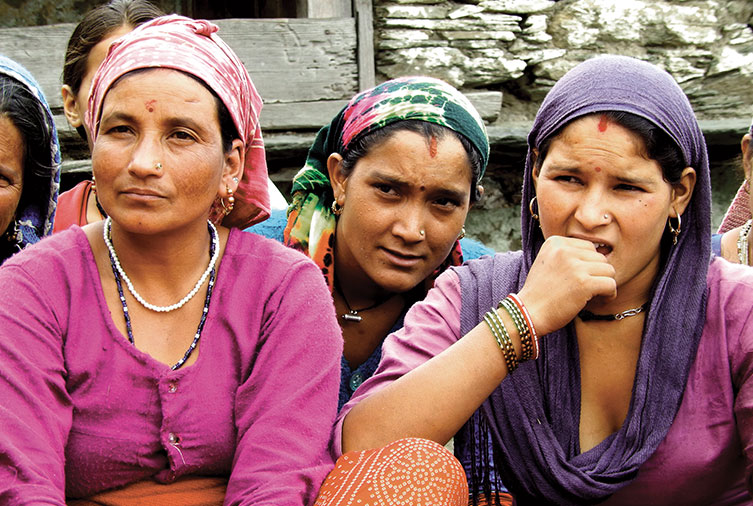
Breaking barriers
Self-esteem was a factor for Swaraji Devi, too, and caste bigotry the cause to bring it to the fore. The 37-year-old treasurer of a 20-member SHG in Naitala village in Uttarakhand’s Uttarkashi district, Ms Swaraji belongs to a scheduled caste community. That became a barrier when she got involved in dairy development soon after her SHG was set up.
“It was the practice that scheduled caste families like ours could not sell their milk at the village collection centre; I was livid,” says Ms Swaraji. “I brought this up at our SHG and our cooperative, arguing that we were all part of a collective and that this kind of discrimination could not be allowed to continue. There was a debate and things changed. I made Rs 60,000 last year by selling milk and that would not have happened in the old days.”
Separated by a distance of 1,200km and differences in culture and background, Ms Katara and Ms Swaraji are, nevertheless, united by the idea that SHGs represent. They are two among the countless members — the vast majority of them women — who provide strength and sustenance to the more than 11,150 SHGs and similar village-level organisations that form the bedrock of the livelihood programmes undertaken by the Tata Trusts across rural India.
The Trusts have been seeding and nurturing the SHG ecosystem from when the term came into play in India in the early 1990s. The logic of it is irrefutable. The first step in any social sector effort is organising rural communities. From that flows SHGs and other village organisations, which then get combined into clusters, federations, etc. These entities are the most effective drivers of change in rural regions, determinants of how successful social uplift initiatives can be.
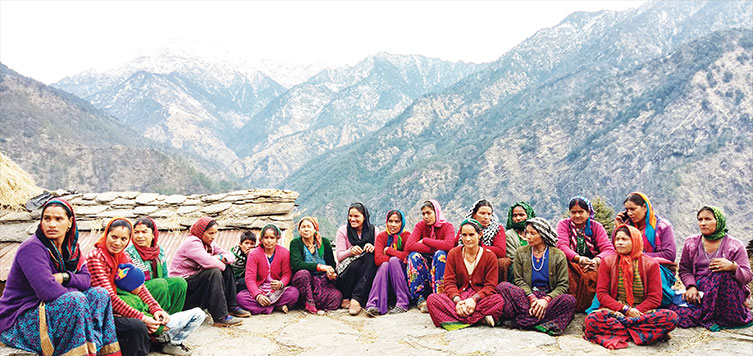
Bit by incremental bit
The more cohesive, well-trained and durable a village organisation and its aggregates are, the greater the chance of improving the lives of their members, bit by incremental bit. That’s how it has played out for the Tata Trusts’ projects in the livelihoods sphere, in agriculture, dairy development, livestock rearing, fisheries, even rural tourism.
The path and the pattern allow for local variations but are otherwise pretty set — bring women and village influencers together, encourage others to join the fold, create capacity and capabilities, facilitate financial inclusion, employ appropriate technology, enable beneficiaries to access government schemes, promote small-scale enterprises, and connect produce to market. Underpinning it all is the savings and credit way.
The jewels in the crown are the SHGs. These groups have grown, slowly and unsteadily, to become a critical factor in the impact of community development programmes. Ever-present in the countryside, their numbers are sizeable: a 2019 report by the National Bank for Agriculture and Rural Development (NABARD) stated that there were nearly 10 million SHGs in India, covering 120 million families and with deposits of Rs 233.24 billion.
The SHG movement, and it can justifiably be called so, got going in the country in the early 1980s in Andhra Pradesh. The inspiration was Nobel Laureate Muhammad Yunus and his pioneering microfinance scheme in Bangladesh. The big boost — and the SHG moniker — arrived in 1992, when NABARD began linking these units to banks. But SHGs were always more than a conduit for credit.
A history of awakening
The origins of the self-help group (SHG) phenomenon can be traced back to the ‘rotating saving and credit association’, a concept that emerged in 19th-century Europe. This matured and evolved over time before it was taken to a superior level by Nobel Peace Prize winner Muhammad Yunus with his microcredit scheme for the poor, particularly women, in Bangladesh.
Mr Yunus, whose ideas were cemented by way of a research project in Jobra village in 1976, would go on to establish the trailblazing Grameen Bank seven years later in Chittagong. Grameen Bank saw itself as a microfinance and community development organisation, and it focused on those under the radar of conventional lending institutions. The success of its saving and credit methodologies inspired many similar efforts in countries around the world.
As Mr Yunus articulated it, the principle was simple: “The collateral for any loan are trust and peer pressure.” SHGs live by this principle.
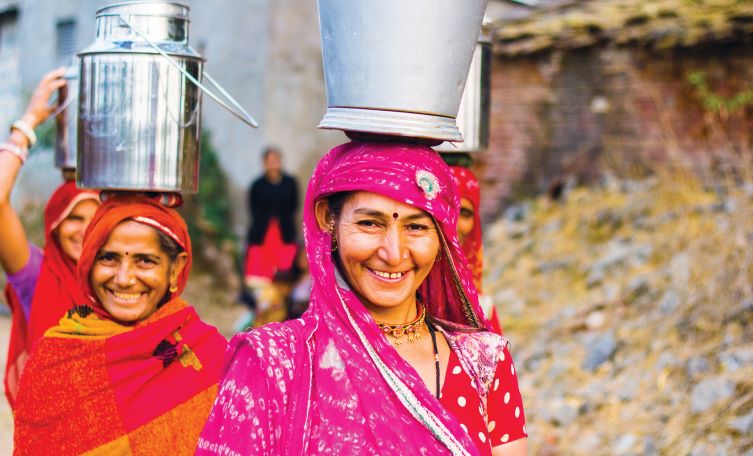
SHGs (or their variants) first came about in India in Andhra Pradesh in the early 1980s. They started springing up in Tamil Nadu next and then spread to other parts of the country. The results were promising enough for the government to take note. Soon enough, several state rural development departments, funding agencies and NGOs began promoting savings and credit groups for women.
A turning point came in 1992, when the central government-owned National Bank for Agriculture and Rural Development launched its ‘SHG-bank linkage programme’. The initiative connected 500 SHGs to formal bank credit and was fairly successful. But progress was patchy initially. There was a dearth of funding, with many banks still not convinced about the worthiness of lending to informal groups of villagers. The doubters did not seem ready to trust Mr Yunus’s code on collateral.
It took 12 years for the first one million SHGs to get linked to banks. Things moved a bit faster after that, with the next million reached in 24 months. The groups themselves learned and evolved, meanwhile, and they proliferated. SHGs are now ubiquitous in the Indian countryside — many villages have multiple groups — they have been co-opted as partners in a spectrum of social uplift programmes, and the voices of their leaders and members are heard.
The launch of the Indian government’s National Rural Livelihoods Mission (NRLM) in 2012 accorded official recognition to the inherent advantages of SHGs and their power to drive social development. (The Tata Trusts and their partners are collaborating in several states with NRLM to strengthen SHGs and federations.)
Despite the positives, SHGs and their larger groupings — clusters, federations, etc — still seem to be far from realising their potential. The reasons are well-documented: shortage of credit supply by banks and financial institutions, the uneven quality of groups, contradictions in policymaking, lack of capacity building, and precious little resource support from the outside.
These are challenges that can be surmounted. Rural India deserves as much.
Beauty in the model
“The beauty of the SHG model is that you can do so much with it,” says Malika Srivastava, the Trusts’ regional manager for Rajasthan. “It is built on the capacity of women to take it forward, to take ownership, to have agency. The model is not limited to savings, credit, training and managing finances. These women bond with one another, they become more aware of the world around them, and they learn how to prioritise, how to fix norms, how to take decisions.”
Ms Srivastava and her colleagues were sceptical when they first started mobilising women into SHGs, back in 2003, in Rajasthan. “The locations were backward and the situation of women in general was not good,” says Ms Srivastava. “We wondered if beginning something in agriculture, say, would be preferable to focusing on savings and credit. The process was slow and so was progress. But now, after all these years, we have seen them evolve gradually, become independent, more confident and taking on leadership positions.”
In Uttarakhand, where the Trusts have been supporting SHGs from 2007, the main objective has been to put money in the hands of women. “That’s when they get empowered,” says Shashi Bhushan Uniyal, a team leader with Himmotthan, an associate organisation of the Trusts that has worked extensively on community initiatives in the hill state. “Earning from agriculture or livestock means these women have some amount of cash of their own that they can spend however they like.”
Rajasthan and Uttarakhand have done particularly well in maximising the gains that SHGs can deliver to rural women and their families. Tata Trusts-backed SHGs support more than 165,000 women in Rajasthan and some 42,000 women in Uttarakhand.
Whether as champions of change or merely members, these women and their collectives have contributed to revealing an essential truth: in social development, the so-called weaker gender is actually the stronger. And the community is better off for it.
—Philip Chacko
Source: Tata Trusts' Horizons, December 2020 issue

